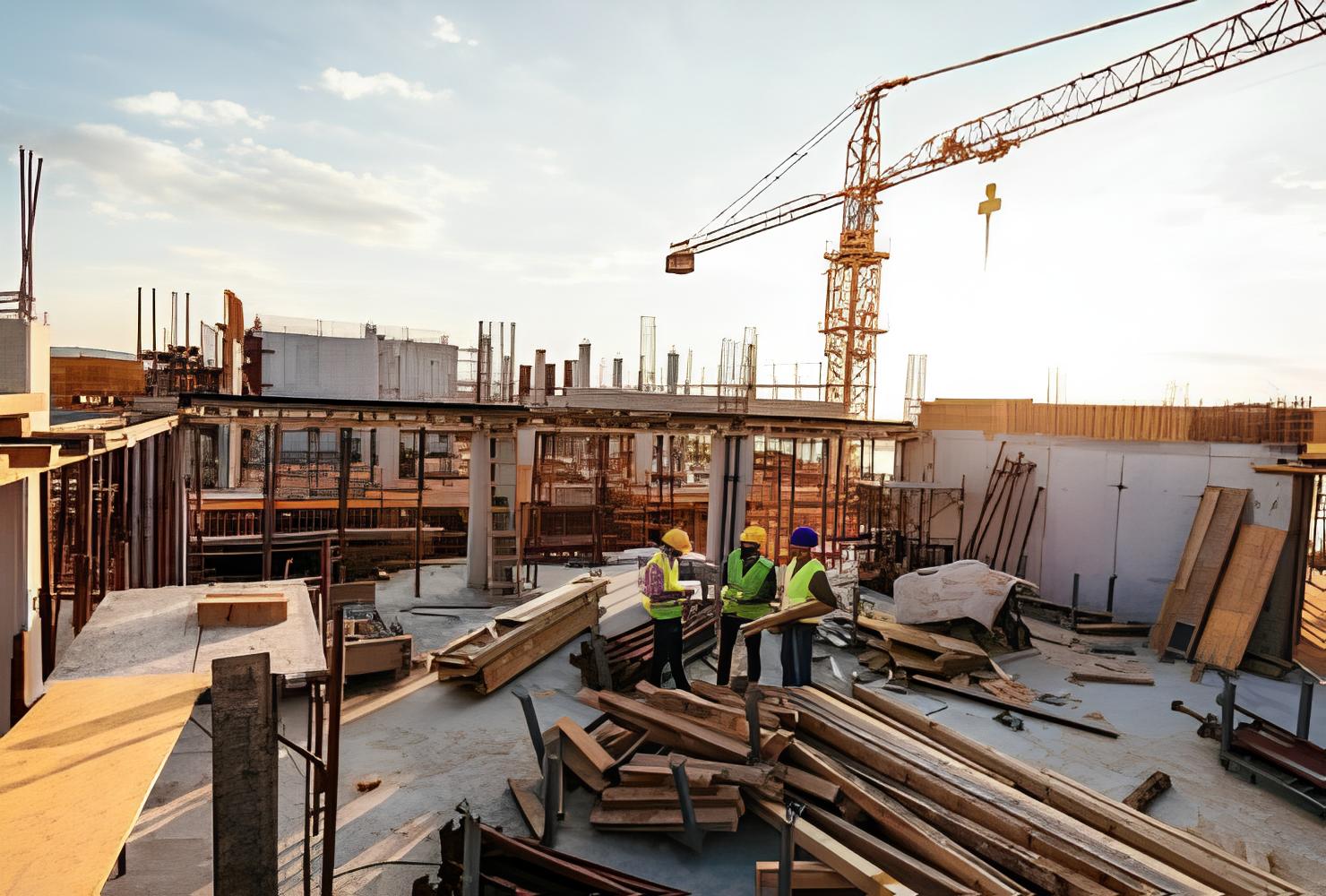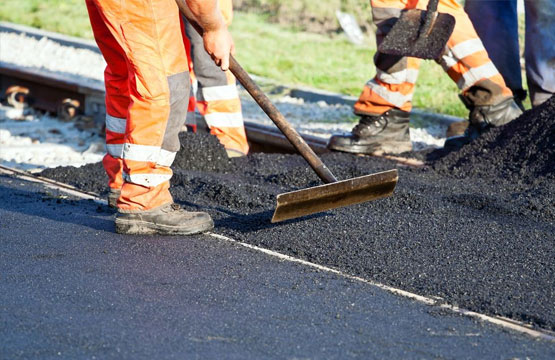Welcome to RANA PRATAP CONSTRUCTION®
Civil Engineers & Construction Company
Rana Pratap Construction is a reputable construction company with a strong presence in the industry. With a focus on quality, innovation, and customer satisfaction, Rana Pratap Construction has successfully completed numerous construction projects across various sectors.
Founded with a vision to provide exceptional construction services, Rana Pratap Construction has established itself as a trusted name in the industry. The company is known for its commitment to delivering projects on time, within budget, and to the highest standards of quality.
With a dedicated team of experienced professionals, Rana Pratap Construction offers a comprehensive range of construction services, including residential, commercial, industrial, and infrastructure projects. The company's expertise spans from concept development and design to project management and construction execution.
Rana Pratap Construction values the importance of sustainable and eco-friendly practices in construction. The company integrates environmentally conscious solutions into its projects, ensuring minimal environmental impact and maximizing energy efficiency.
Client satisfaction is at the core of Rana Pratap Construction's business philosophy. The company believes in fostering long-term relationships with clients by understanding their unique needs, providing personalized solutions, and maintaining open and transparent communication throughout the construction process.
Safety is of utmost importance to Rana Pratap Construction. The company adheres to strict safety standards and implements comprehensive safety protocols to ensure a secure working environment for its employees, subcontractors, and stakeholders.
Rana Pratap Construction takes pride in its ability to handle projects of varying complexities and scales. Whether it's constructing residential complexes, commercial buildings, or large-scale infrastructure projects, the company brings together its technical expertise, industry knowledge, and innovative approaches to deliver successful outcomes.
With a track record of delivering high-quality construction projects, Rana Pratap Construction continues to contribute to the growth and development of the construction industry. Through its commitment to excellence, professionalism, and integrity, the company strives to exceed client expectations and make a positive impact in the communities it serves.
Get in touch with us !



































